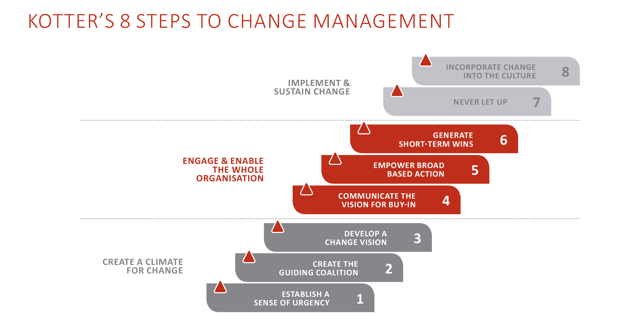Application Lifecycle Management Needs A Unified Vision
In our recent white paper ‘The Key To Application Lifecycle Management’, we examined how a unified approach to new software implementation and maintenance is essential for managing technology changes within an organisation.
Failing to correctly install, embed, and sustain your company’s critical systems can cause a range of issues that could hamper your growth, including;
- You may fail to meet your company’s new software needs.
- IT operations may increasingly fall behind the demands of stakeholders and customers.
- Your applications may not be nimble enough to leverage the latest technology trends demanded by customers, such as POS software or mobile shopping.
- The amount you spend on supporting your systems will increase – taking away your budget for growth projects that drive tactical innovation.
- Your IT team will have to spend more time on maintenance projects rather than strategic development assignments. This can lead to staff retention issues, dwindling knowledge about the latest technology, and difficulties in attracting skilled individuals.
In his ‘Eight Step Process For Leading Change’, John Kotter suggests that for implementation to be successful, positive user adoption is critical.
Kotter’s theory focuses on creating a unified vision for change prior to implementation, which is clearly communicated.
He suggests that positive user adoption is critical and that managers should celebrate small successes, which will boost morale around change before embedding these new changes into company.
Kotter’s theory is true for application lifecycle management.
At Crimson, we work alongside the IT teams of major retailer before, during and after the implementation of new applications.
A good managed IT services provider will work to discover your needs and aims, establish a technology strategy to meet these requirements, ensure that delivery of this plan is implemented smoothly, and follow-up on the results. In particular, they will disseminate information to key stakeholders and immerse your IT team in the strategy.
If you would like to discover more of the secrets of successful application lifecycle management download our FREE case study below
Alternatively, book a free discovery call with Crimson to discuss how to successfully manage old IT and transition to a new technology.



